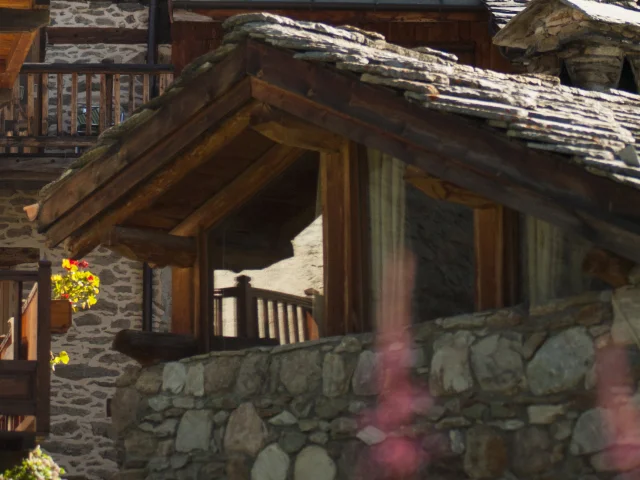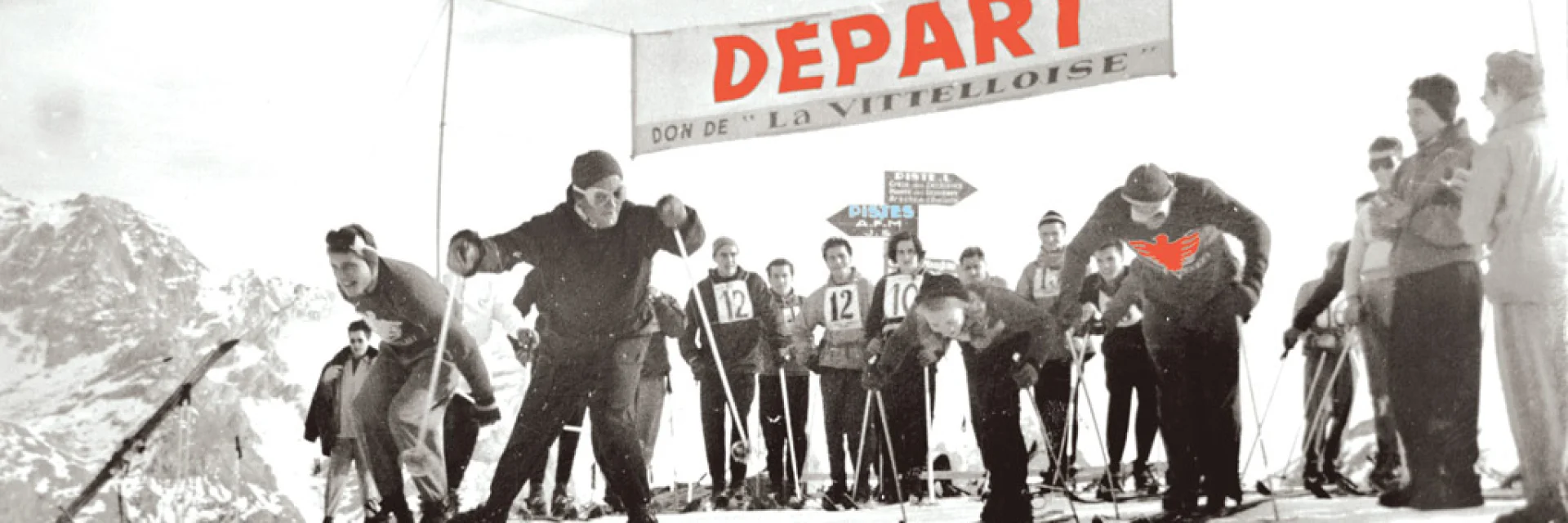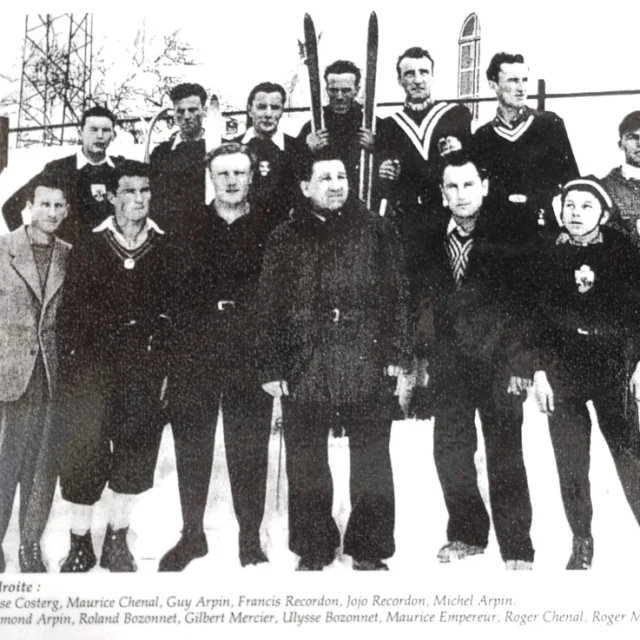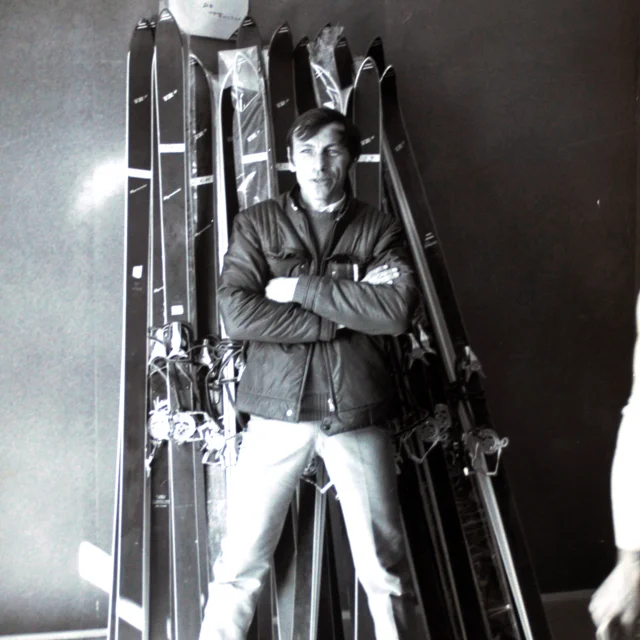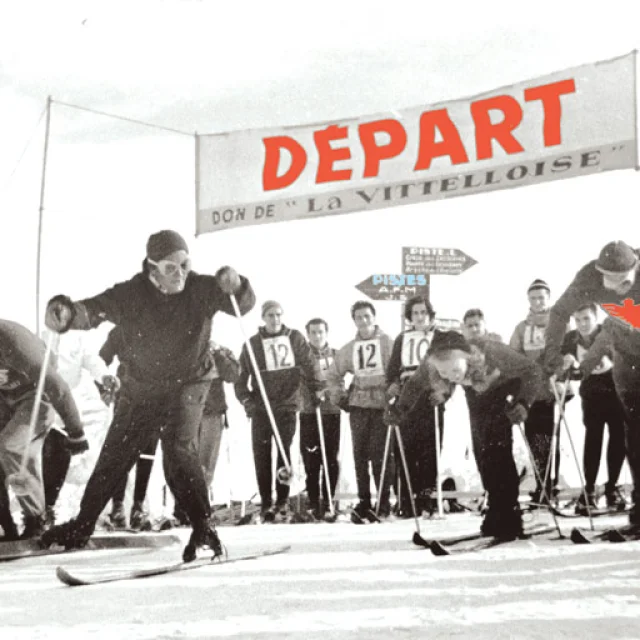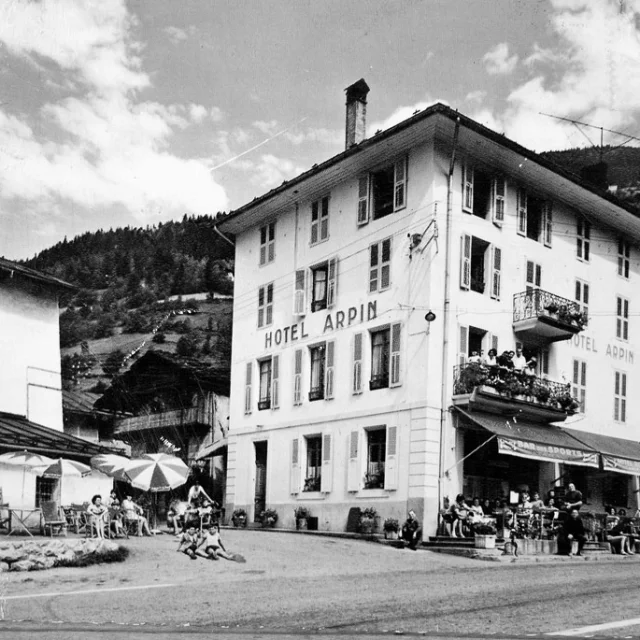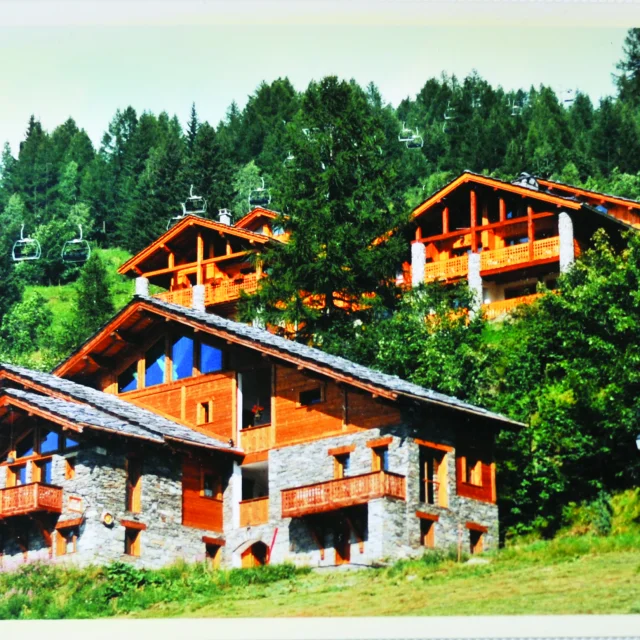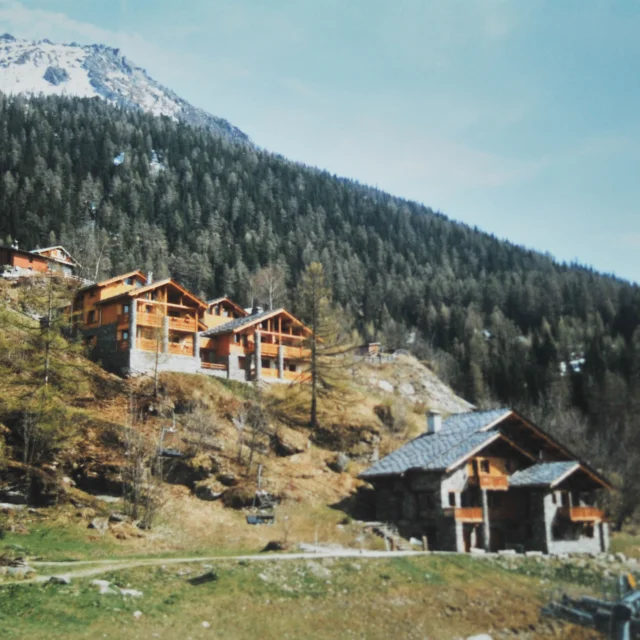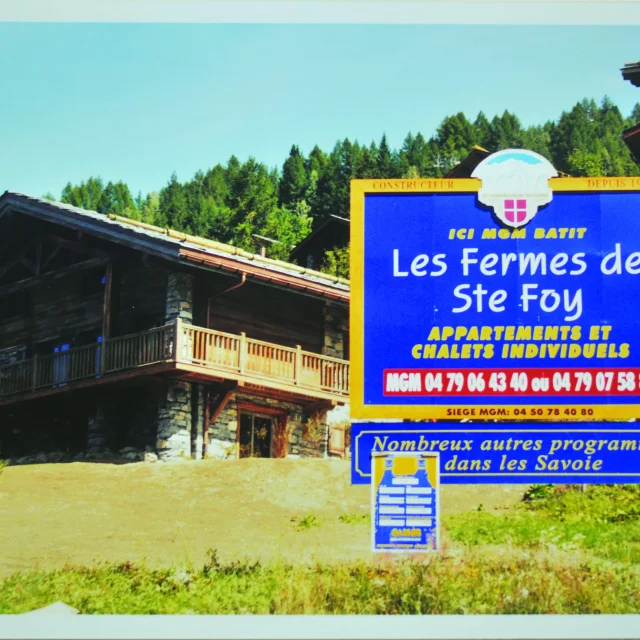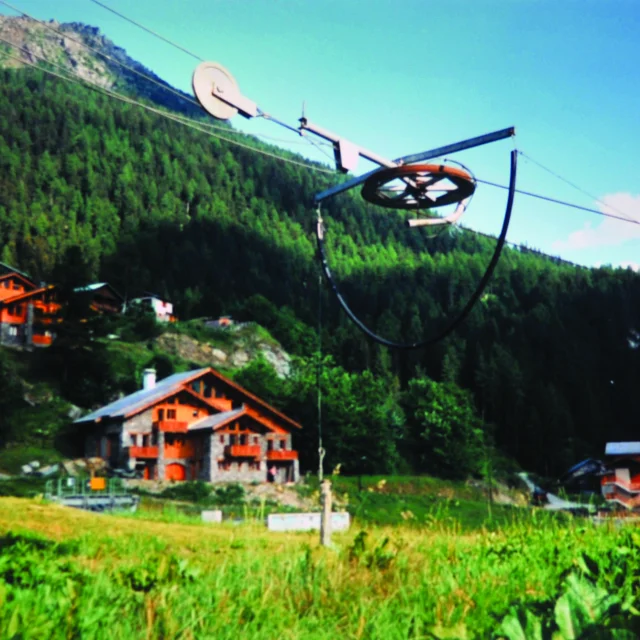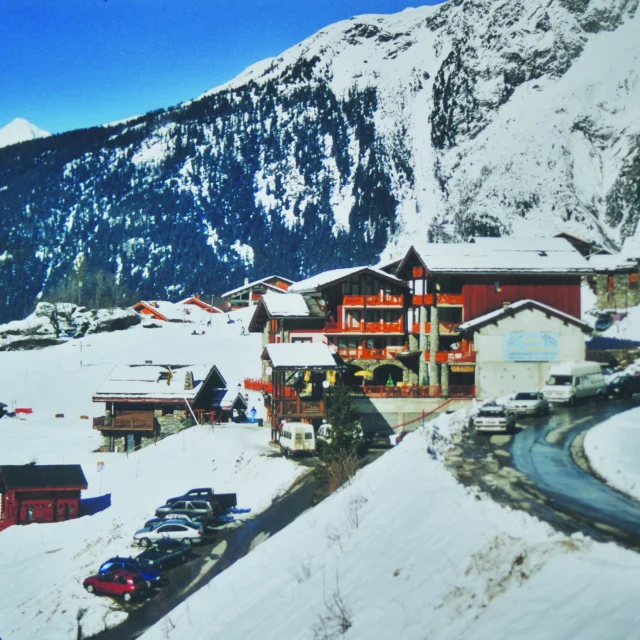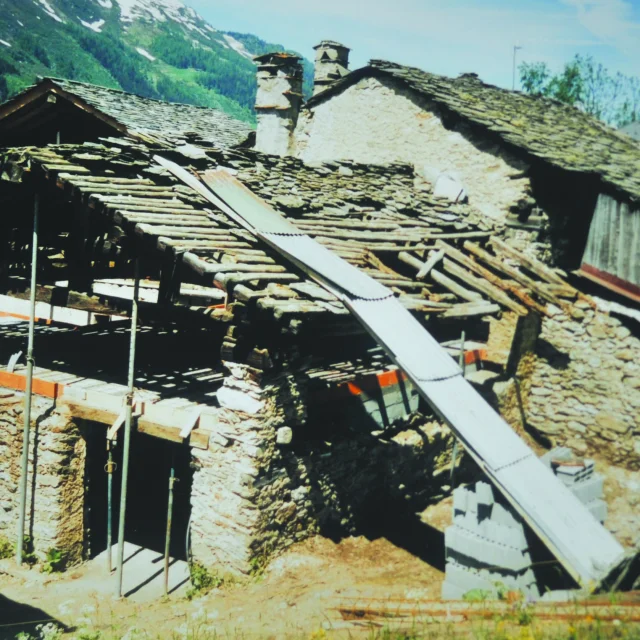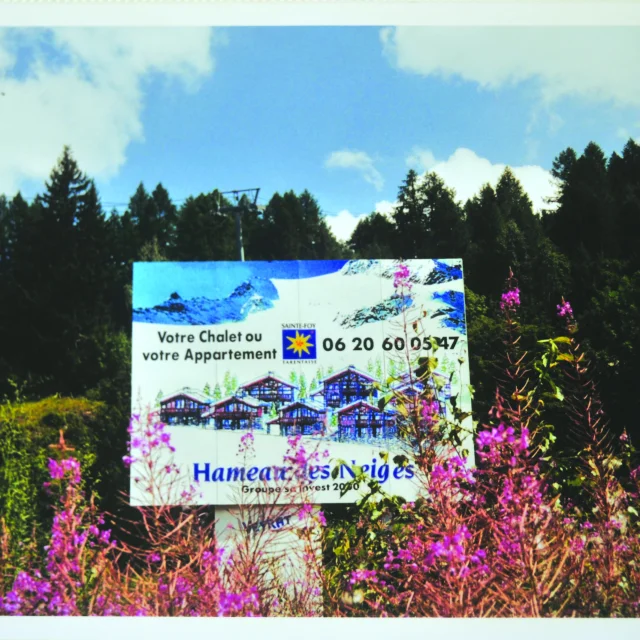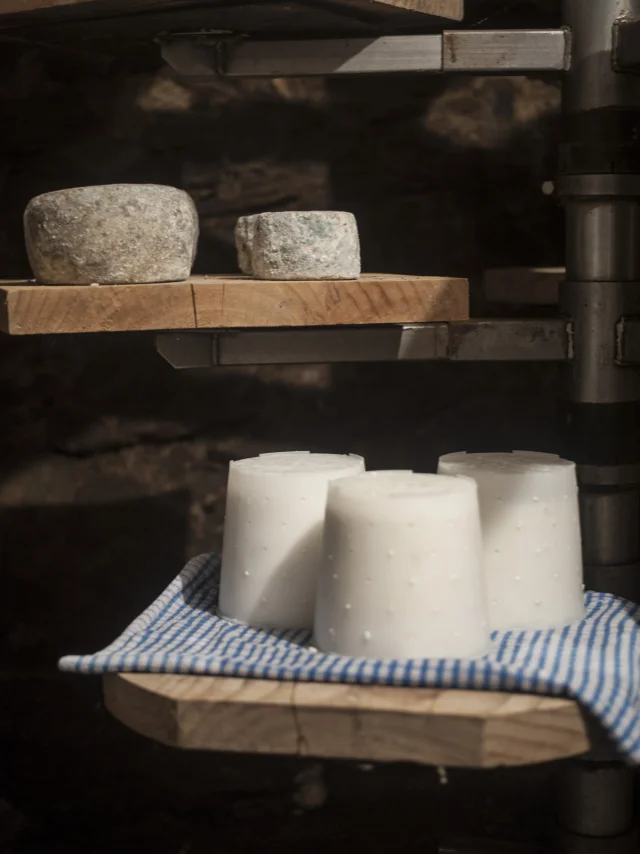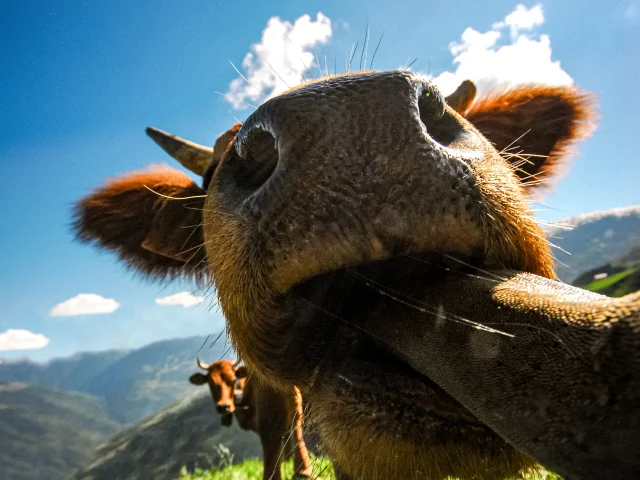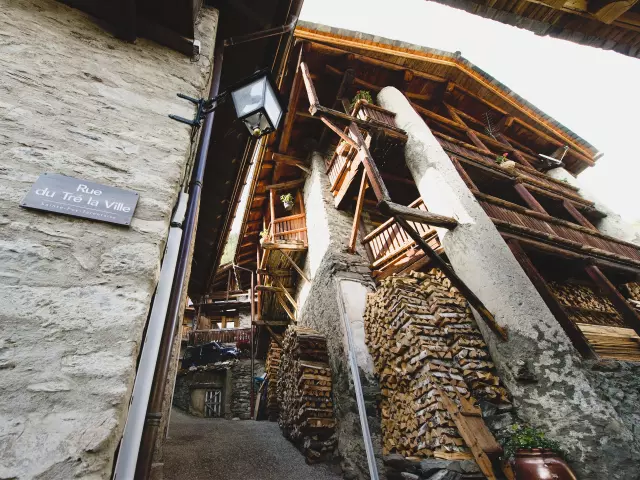Elected officials have always maintained their desire to build a ski resort in their commune.
It was Daniel Pascual, elected in 1987 at the age of 35, and the canton’s youngest mayor at the time, who took this major project to heart and carried it forward with enormous tenacity, a journey not without its difficulties and surprises.
No matter, he was motivated by the extraordinary possibilities offered by this immense 11,000-hectare commune, which he felt lacked appeal and whose population was gradually declining.
“We had in our hands a project to equip a ski area covering some 8,000 hectares, i.e. Val d’Isère and half of Tignes…”.
Everything was difficult. In the commune, there were environmentalist groups from the ’60s and ’80s advocating a return to our roots, while at the same time, all the government departments felt that the idea of a new ski resort was not a good one, and were urging us instead to promote gentle tourism. But gentle tourism means ‘no money and no jobs’…” stresses former mayor Daniel Pascual.
So he and his municipal council took up the project and filed the UTN application for the Sainte-Foy-Tarentaise resort.
The dossier was accompanied by an architectural charter comprising a book of architectural specifications, recommending the height and style of the structures, as well as the traditional materials authorized (wood cladding, local stone facades, lauze roofs and columns supporting the roof overhangs).
“We opened without authorization”.
In December 1990, Sainte-Foy-Tarentaise opened its three chairlifts, and the first year’s operation was entrusted to S.T.A.R. (Sté des Téléphériques de l’Aiguille Rouge/ Les Arcs). Unfortunately, the U.T.N. (Unité Touristique Nouvelle) authorization for 11 lifts and 82,000 m² of SHON in the form of ‘building rights’ was immediately annulled by the administrative court on the eve of the opening, following an appeal lodged by the CAF (Club Alpin Français).
“You have 3 ski lifts in the wild without authorization… unless you fight, there was no solution”… explains Daniel Pascual, the former mayor “Then everything was blocked for a year, to 1 year and a half…”.
The first skiers came for the off-piste
“The first day I took my skis and went for a walk on the slopes, it was a bit… folkloric. None of the pistes were bubbled! At the Col de l’Aiguille it was totally off-piste. The first few years, there were very few customers and very few bookings, but we hung in there.
The reputation of the Sainte Foy slopes spread through the valley and beyond like wildfire. The valley’s instructors and guides choose Sainte-Foy for their skiing sessions in their spare time. “We remember young Swedish and Norwegian skiers spending several weeks with us, simply to ‘ride'”.
Those were the days of La Limace (the former Bataillette school, now a B&B), run by snowboard pioneer and freestyle precursor David Vincent. It was also the era of night-crawler ascents to Plan Bois, and mulled wine galore to attract buses, ski schools and regional clubs… because Sainte-Foy didn’t have a bed back then.

